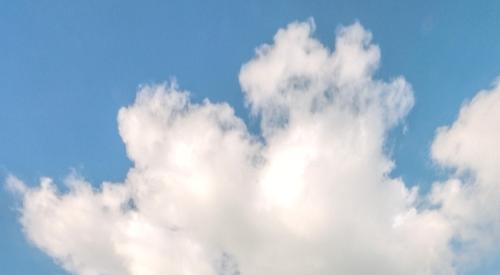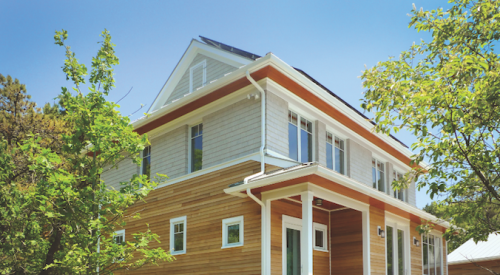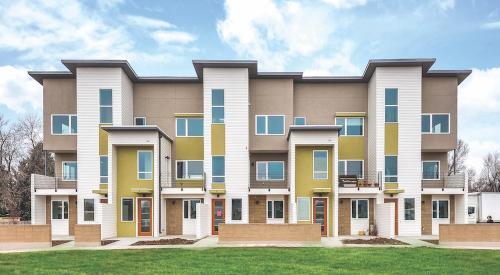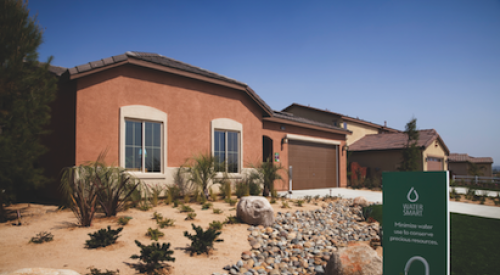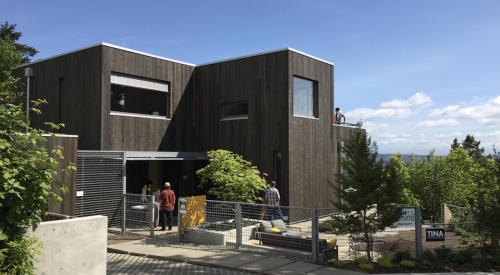| The degrees of solar gain in winter months rise dramatically the more directly a home faces south. |
The sun's low trajectory through the winter sky allows light to penetrate homes through south-facing windows for sometimes huge passive solar energy gains. Passive solar advocates say wall and floor structures within south-facing homes often retain heat long after the sun sets. Meanwhile, strategically adding more windows to a south-facing home can cut winter fuel bills by 30%.
The gains can be so impressive that they have spawned a community of builders in many regions of the country (not just the sunny ones) who specialize in building sun-tempered homes and passive solar homes, writes Daniel Chiras in his new book, The Solar House: Passive Heating and Cooling, from Chelsea Green Publishing.
The sun-tempered home, says Chiras, is the simplest and least expensive type of passively heated building. An existing house plan is sited and altered to best solar advantage. Careful rules must be followed to avoid potential pitfalls. To avoid overheating, for instance, south-facing glass is kept to 7% of a home's total floor area, or 140 square feet on a 2,000-square-foot home.
True passive solar homes require a larger financial commitment on the part of a builder, notes Chiras. These homes use denser heat-saving materials such as masonry for walls and floors to maximize heat gain throughout the day. These homes usually require eaves that allow more winter sun for passive heating but also block out higher-trajectory summer sun for passive cooling.
"Passive heating and cooling are highly effective," says Chiras, "but only if done right."
The Solar House can be ordered through www.HousingZone.com/store.
